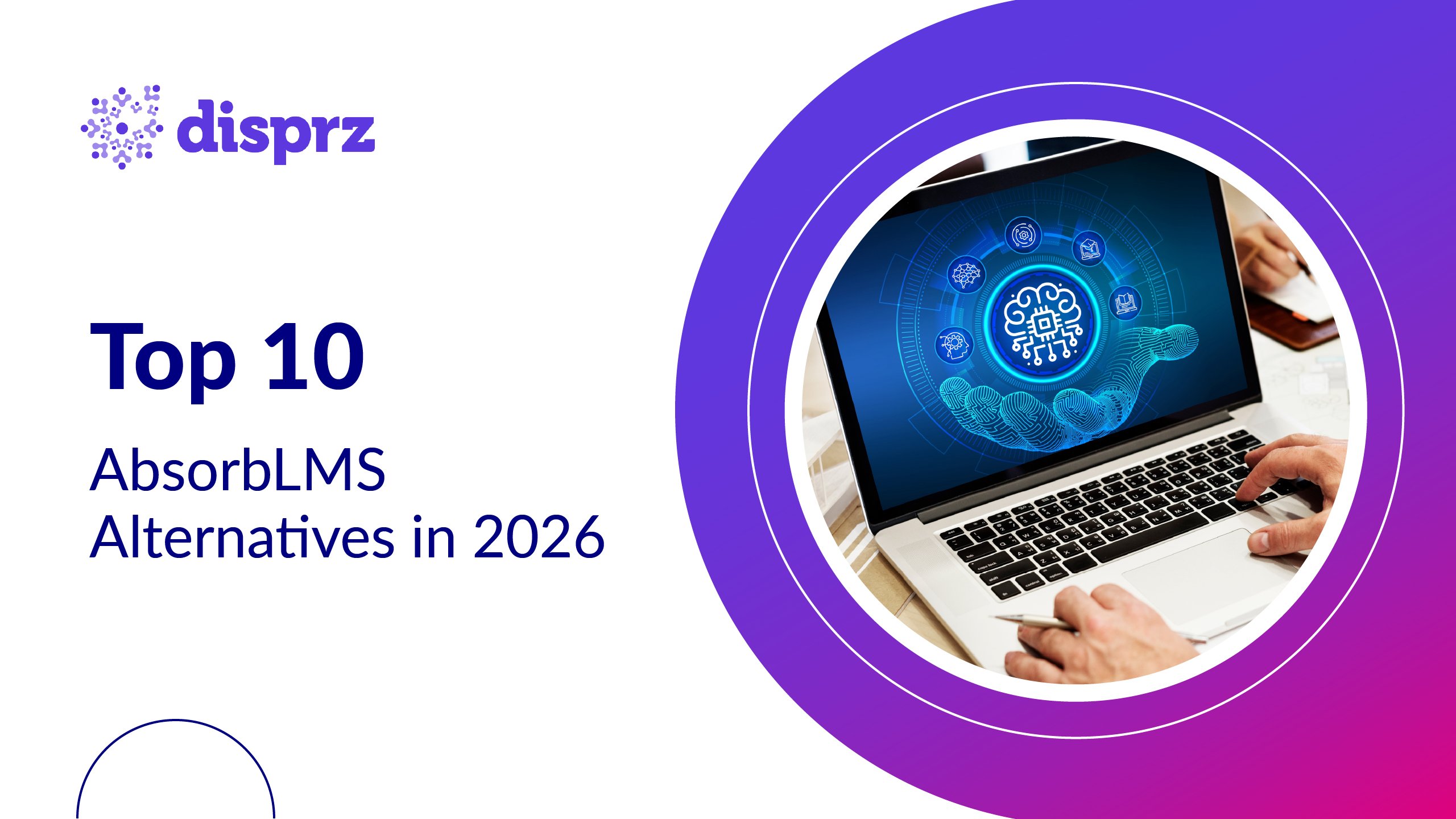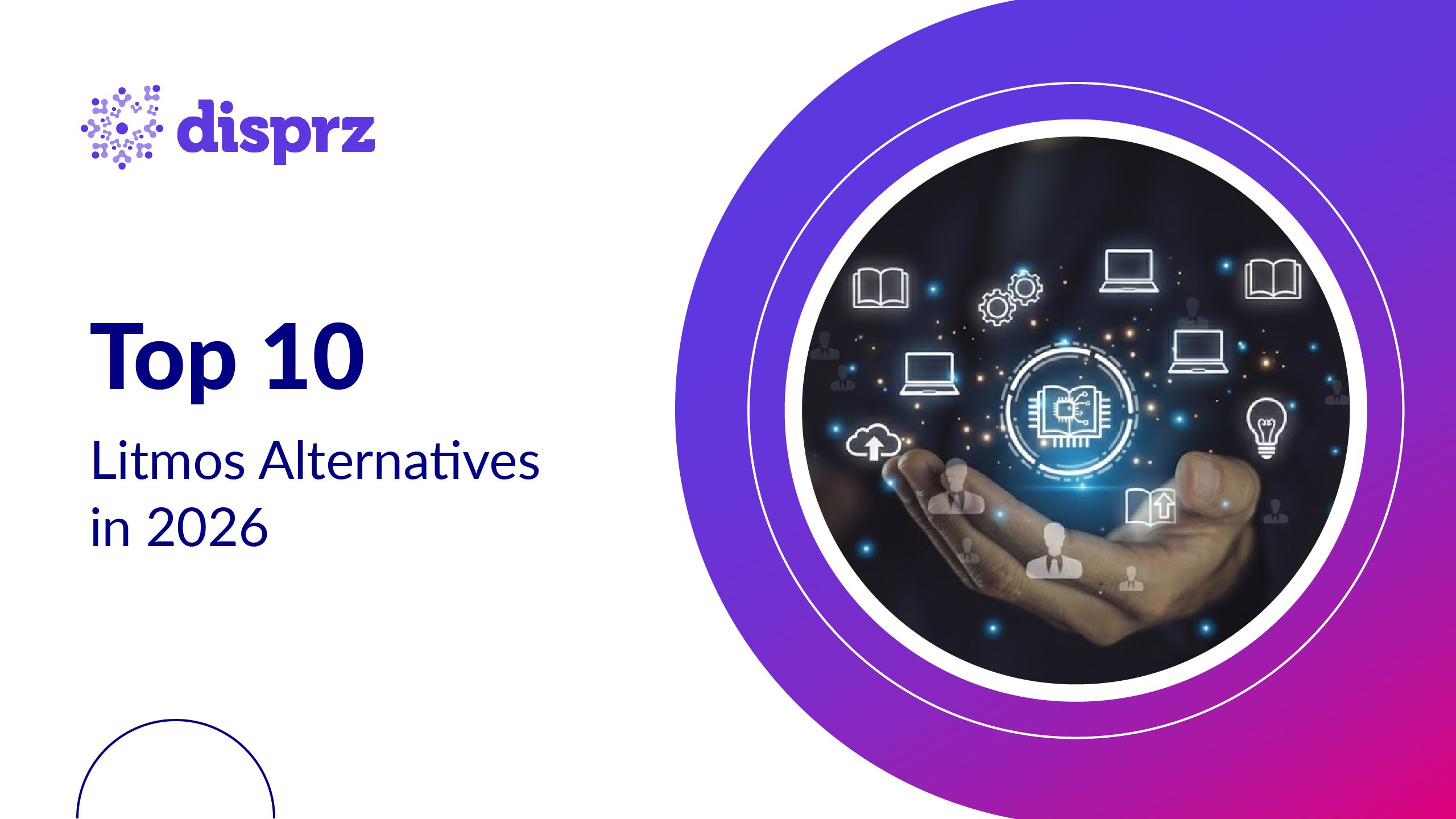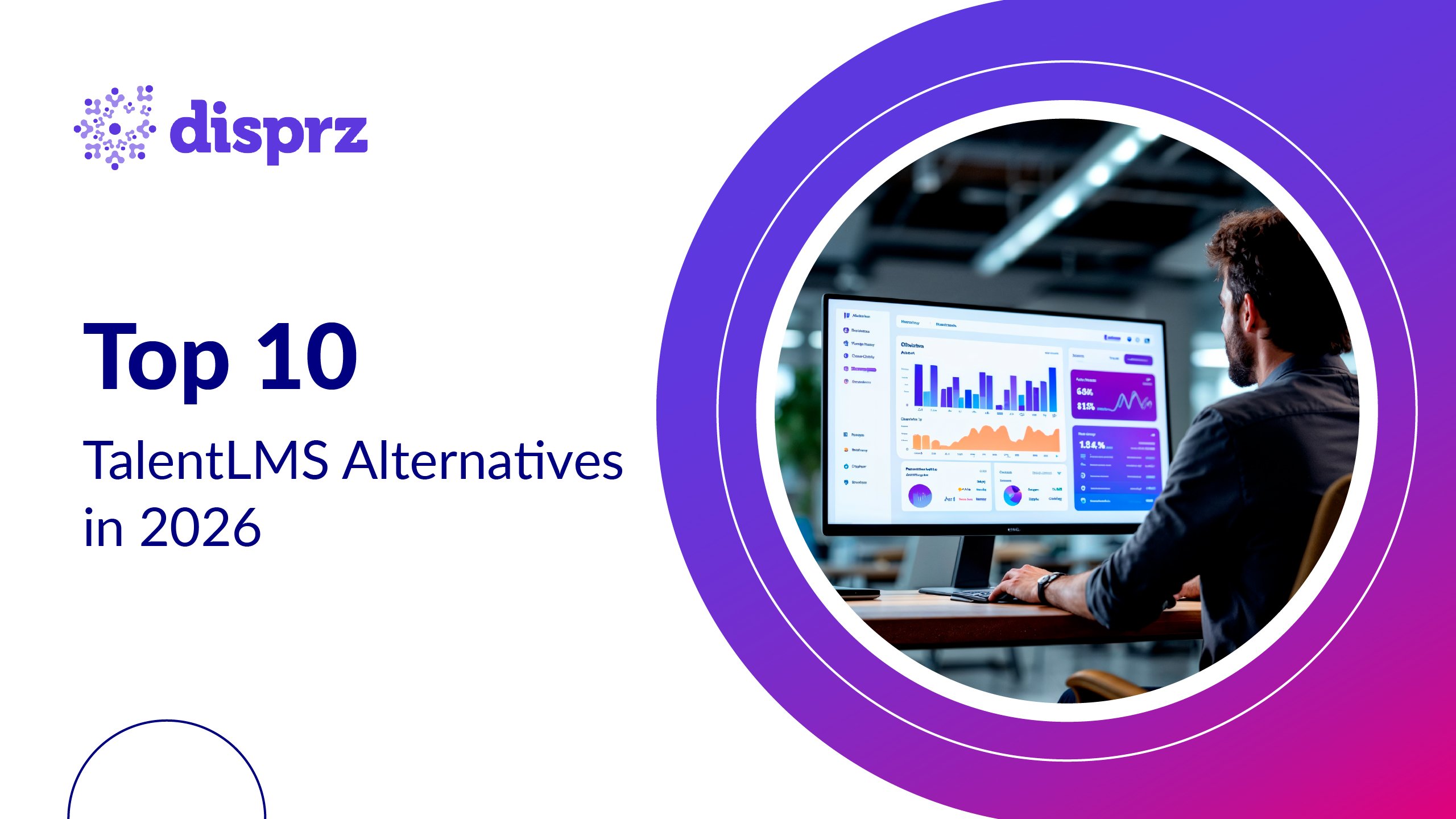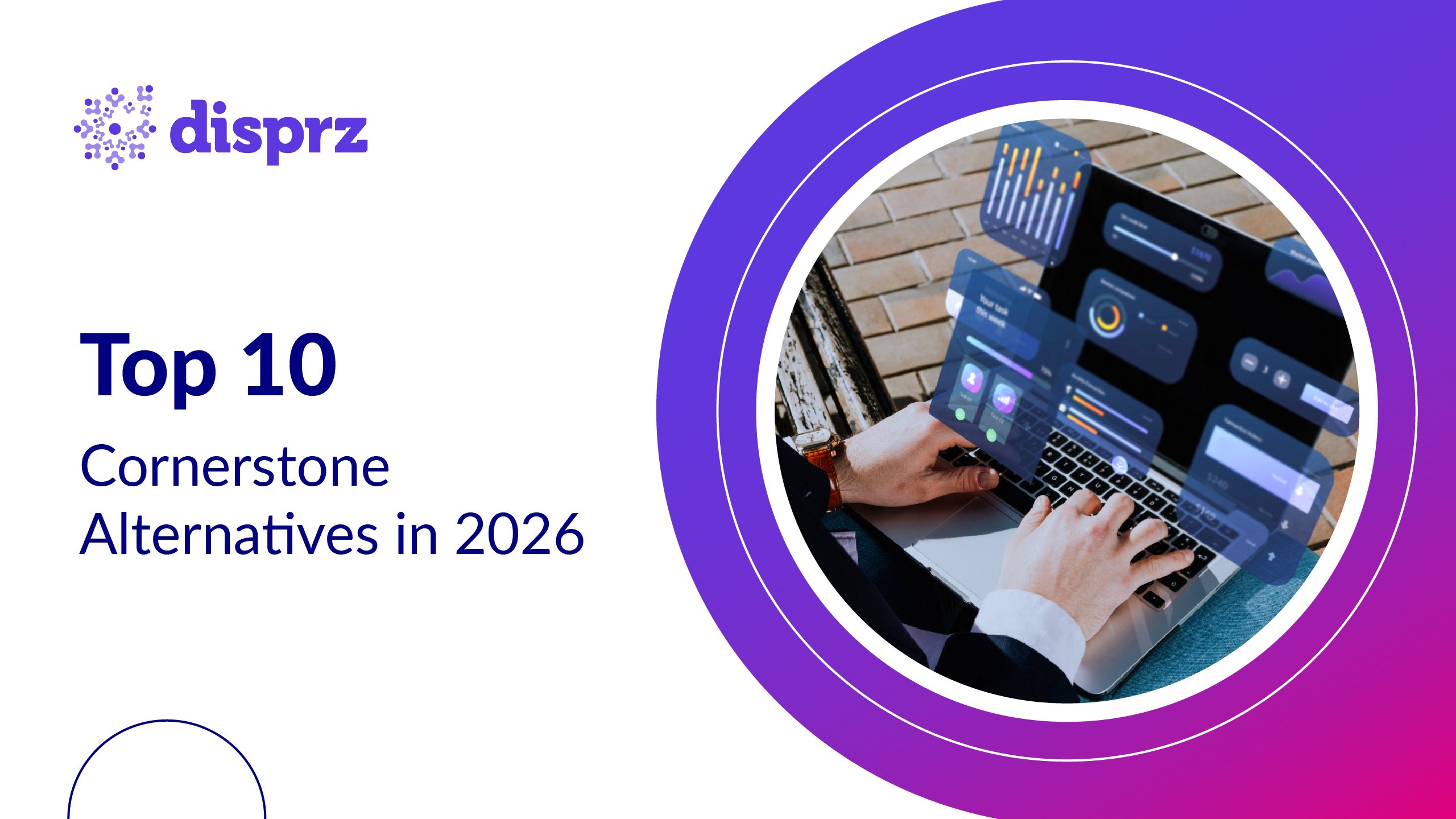In today's competitive talent landscape, employee retention has become a top priority for HR and L&D leaders. While competitive compensation and flexible work policies matter, what truly drives long-term engagement is career growth. Employees want to know where they are headed and how they can get there. This is where AI-driven career pathing comes in; an innovative approach that uses Generative AI (GenAI) and skill intelligence to design transparent, personalized career journeys for every employee.
Here we explore how AI-driven career pathing boosts retention by aligning personalized learning with business needs, enabling career visibility, and offering continuous skill development in the flow of work. Whether you're managing knowledge workers or focusing on frontline employee enablement, smart career pathing powered by AI in learning and development is your key to improving engagement and reducing turnover.
Why Does Career Pathing Matter for Retention?
Career pathing is more than a progression chart. It's a promise to employees that their growth matters. According to LinkedIn's 2024 Workplace Learning Report, employees who see a clear career path are 3x more likely to stay with their employer. Conversely, lack of growth opportunities is one of the top reasons employees quit.
Career pathing addresses this challenge by mapping out skill-based journeys from current roles to future aspirations. It keeps employees motivated and focused while helping organizations plan talent succession more effectively. The benefits of career pathing for retention are particularly visible in high-attrition roles where employee engagement is often short-lived without tangible growth prospects.
How Does AI Transform Career Pathing?
Traditional career pathing models were static, generic, and often disconnected from real business needs. AI in learning and development, especially with the rise of GenAI for learning, has revolutionized this space by making pathing dynamic, skill-based, and highly personalized.
AI analyzes skill gaps, learning preferences, and role requirements to create tailored development journeys. It factors in internal talent movement, performance data, and market benchmarks to suggest not just the next role, but the best-fit future paths.
Some key AI technologies powering this transformation include:
Skill graphs
Visual maps of roles and the skills required to move between them.
GenAI-driven recommendations
Personalized learning content based on role goals and skill proficiency.
Behavioral analytics
Predicting attrition risk and learning engagement to fine-tune development plans.
Key Benefits of AI-Driven Career Pathing
AI brings a range of transformative advantages to career development by tailoring growth paths, enabling agile talent planning, and embedding learning into everyday workflows.
Here are some of the most impactful benefits of using AI-driven career pathing:
Hyper-personalized Career Development
AI creates individualized growth paths for every employee based on their role, learning history, and career goals. This leads to higher engagement and motivation.
Skill-based Succession Planning
Rather than rely on job titles alone, AI identifies skill adjacencies and builds a talent pipeline aligned with business needs.
Learning in the Flow of Work
AI integrates development opportunities into daily work routines, making learning seamless and contextual.
Frontline Employee Enablement
Often overlooked, frontline workers benefit from AI-driven mobile-first learning that highlights real career growth, improving retention in high-turnover segments.
Data-Driven ROI on Learning
With clear career outcomes tied to skill acquisition, organizations can measure the ROI on Learning more accurately and justify L&D investments.
What Are the Benefits of Career Pathing for Retention?
Career pathing offers direct and measurable retention advantages across roles and industries.
Here are some of the key ways it helps organizations build a more committed and future-ready workforce:
-
Increased Engagement: Employees stay longer when they feel their organization is invested in their future.
-
Reduced Turnover: Clear pathways reduce uncertainty, a key factor behind resignations.
-
Better Internal Mobility: Employees are more likely to apply for internal roles when they understand their options.
-
More Productive Learning: Development is focused on role-relevant, aspirational skills, boosting output.
-
Inclusive Growth: Career pathing democratizes development by making it accessible to all employees, not just high-potentials.
These benefits compound over time, making AI career pathing a long-term retention lever.
6 Steps to Implement AI-Driven Career Pathing in Your Organization
Implementing AI-driven career pathing requires strategic planning, the right tools, and cross-functional collaboration.
Here’s a step-by-step guide to help you get started and drive measurable retention outcomes:
1) Assess Your Current Skills Landscape
Start by auditing roles and skills across the organization. Use AI to map skills to business outcomes and identify gaps.
2) Build or Integrate a Skills Graph
Create a dynamic skills graph that links roles, skills, and progression paths. This visual map becomes the foundation for personalized pathing.
3) Deploy GenAI-Powered Learning Platforms
Use platforms such as Disprz to recommend learning content aligned to skill needs. GenAI for learning ensures content remains fresh and role-relevant.
4) Enable Managers as Career Coaches
Equip managers with AI-driven insights to support career conversations and guide their teams with data-backed advice.
5) Track Progress and Adjust Paths
AI continuously monitors learning engagement, skill mastery, and role movement, allowing for adaptive pathing over time.
6) Showcase Success Stories
Highlight employees who have progressed through AI-defined paths. This boosts morale and encourages participation.
How Disprz Enables AI-Driven Career Pathing
At Disprz, we bring together the power of Generative AI, skill analytics, and contextual learning to enable end-to-end career pathing.
Here’s how Disprz empowers organizations:
Skill Graph Engine: Maps over 10,000 roles to required and adjacent skills using proprietary AI models.
Role-Based Personalized Journeys: Each learner gets a tailored path based on current role, aspirations, and performance data.
GenAI-Powered Content Curation: Our AI recommends courses, microlearning, and external resources to close skill gaps.
Learning in the Flow of Work: Seamless integrations with MS Teams, WhatsApp, and internal tools make learning frictionless.
Frontline Enablement: Mobile-first experiences with vernacular support ensure career growth is inclusive across job types.
With Disprz, AI career pathing isn’t just a concept; it’s a fully realized, scalable solution that bridges individual aspirations with organizational goals. By providing intelligent skill mapping, real-time learning recommendations, and adaptive development paths, Disprz empowers both employees and employers to grow together. This alignment of career development and business outcomes plays a pivotal role in reducing turnover, improving internal mobility, and nurturing a culture of continuous learning and advancement.
Conclusion: Career Pathing as a Retention Strategy
As business landscapes evolve rapidly, organizations that invest in personalized career development using AI in Learning and Development are better positioned to retain talent, improve performance, and build future-ready workforces. Investing in career growth initiatives is no longer optional; it's a strategic imperative to stay competitive in today's fast-changing workforce dynamics.
AI career pathing makes learning more targeted, growth more visible, and engagement more meaningful. By continuously analyzing employee data, AI uncovers personalized career paths, recommends relevant learning, and keeps individuals moving forward in their professional journeys. This not only fosters a growth-oriented culture but also strengthens employer-employee trust.
It converts L&D from a support function to a strategic driver of retention. With learning platforms such as Disprz, HR and L&D leaders can deliver measurable impact through career clarity and development that is scalable, inclusive, and future-ready. In short, the path to retention starts with a career path, one powered by AI.
FAQs
1) How does career pathing improve employee retention?
Career pathing provides employees with a transparent view of their growth opportunities within the organization. When employees see that their career goals are valued and supported, they are more likely to remain engaged, committed, and loyal. This clarity reduces uncertainty, enhances job satisfaction, and ultimately lowers attrition rates.
2) What role does GenAI play in career pathing?
GenAI for learning acts as a powerful enabler by creating personalized learning experiences at scale. It analyzes vast datasets, including employee skills, preferences, aspirations, and performance metrics, to recommend customized development paths. GenAI continuously adapts suggestions based on real-time progress, ensuring employees stay on track and motivated in their career journeys.
3) How can organizations start with an AI career pathing?
To begin, organizations should conduct a comprehensive skill audit to understand current capabilities and gaps. The next step is to build or adopt a dynamic skill graph that maps roles to skill requirements. Finally, deploying a GenAI-powered LXP such as Disprz helps deliver personalized learning, monitor progress, and integrate career development into the daily workflow, ensuring a successful implementation of AI-driven career pathing.








